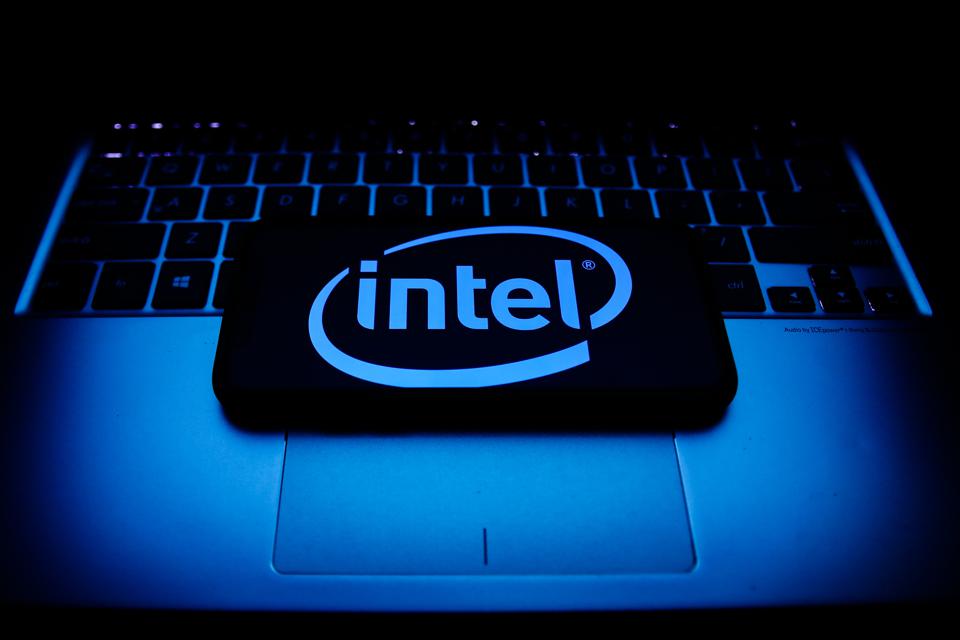
Cybersecurity has been a persistent and growing challenge since the dawn of the internet. Every advance in technology delivers features and benefits that simplify or automate tasks and streamline productivity, but those benefits also come with consequences. The growth of the technology ecosystem means an expanded attack surface, and threat actors are constantly looking for flaws to exploit or weaknesses in cyber defenses to take advantage of that fact.
Gartner predicted that corporations will spend $172 billion on cybersecurity in 2022. Organizations spend more money every year on cybersecurity tools and initiatives, and yet the volume and impact of cyberattacks increase as well. It seems at face value as if cybersecurity is simply failing, but there are more factors involved—such as the continued growth of connectivity and the exponential increase in the number of devices exposed to risk. There were an estimated 14.6 billion connected devices at the end of 2021 and that number is projected to double by 2027.
The back and forth between cybersecurity solutions and unique attack tools and techniques is somewhat inevitable. There is always a bit of a cat-and-mouse game as cybersecurity vendors evolve new and improved defenses, and threat actors adapt creative new ways to exploit and attack them, but clearly, there is significant room for improvement. Organizations need to take two steps forward to retain an advantage over threat actors, which requires being smarter about cybersecurity—not just spending more money. A new report from Intel examines current trends in cybersecurity spending, and explores what it will take to build a better cybersecurity future and shift things in favor of organizations.
Security Innovation: Secure Systems Start with Foundational Hardware
Intel commissioned the Ponemon Institute to conduct a survey to understand trends in cybersecurity budgets and how organizations are allocating that money to try and stay a step ahead of attackers. Ponemon surveyed 1,406 individuals in the United States, Europe, the Middle East, Africa, and Latin America who influence their organization’s IT decision-making regarding investment in security technologies. The results of the analysis are shared in the report from Intel, “Security Innovation: Secure Systems Start with Foundational Hardware.”
There are a number of valuable insights and takeaways in the report. It offers a glimpse at how organizations are thinking about cybersecurity, and highlights an increased focus on automation and innovations to improve security at the hardware level.
Here are some of the key findings from the report:
- 64% of respondents say their organizations are more likely to purchase technologies and services from technology providers that are leading edge with respect to innovation.
- 36% of respondents have adopted hardware-assisted security solutions and another 47% of respondents say their organizations will adopt these solutions in the next six months (24%) or 12 months (23%).
- Of those same 36% of respondents using hardware-assisted security solutions, 85% say hardware and/or firmware-based security is a high or very high priority in their organization. And 64% say it is important for a vendor to offer both hardware- and software-assisted security capabilities.
“The security threat landscape continues to evolve, becoming more sophisticated and challenging for organizations to defend against,” stated Suzy Greenberg, vice president, Intel Product Assurance and Security, in a press release. “Today more than ever, companies are demanding assurance capabilities and hardware-enhanced security solutions that help protect the entire compute stack. Intel is in a unique position to deliver these innovations on behalf of our customers.”
A More Secure Future
I had the opportunity to attend a virtual panel discussion where Intel’s Suzy Greenberg, and Larry Ponemon from the Ponemon Institute shared their thoughts on the report.
Greenberg noted that the survey and report are not directly related to current events, but pointed out that major issues like the COVID-19 pandemic and the Russian invasion of Ukraine have had a significant impact—accelerating digital transformation, and inflicting chaos in global supply chains. These events also expand the attack surface and create opportunities for threat actors to exploit.
“This past March, the White House requested $32.5 billion in emergency funding and that was to counter COVID-19 and support the war in Ukraine. And you also saw millions of those dollars earmarked to cover a multitude of cybersecurity efforts throughout the federal government and that included securing critical supply chains,” explained Greenberg. “President Biden also recently issued a plea to American businesses really urging them to strengthen their company’s cyber defenses.”
Larry Ponemon summed it up nicely. “Education is so critical because first you have to create awareness, and I think part of the Intel strategy is to do that.”
One of the key areas to raise awareness is the importance of hardware or firmware-based technologies, and the crucial role they can play in preventing exploits and reducing potential risk. For more, you should check out the full report from Intel: Security Innovation: Secure Systems Start with Foundational Hardware.

